Archives
- 2025-12
- 2025-11
- 2025-10
- 2025-09
- 2025-03
- 2025-02
- 2025-01
- 2024-12
- 2024-11
- 2024-10
- 2024-09
- 2024-08
- 2024-07
- 2024-06
- 2024-05
- 2024-04
- 2024-03
- 2024-02
- 2024-01
- 2023-12
- 2023-11
- 2023-10
- 2023-09
- 2023-08
- 2023-06
- 2023-05
- 2023-04
- 2023-03
- 2023-02
- 2023-01
- 2022-12
- 2022-11
- 2022-10
- 2022-09
- 2022-08
- 2022-07
- 2022-06
- 2022-05
- 2022-04
- 2022-03
- 2022-02
- 2022-01
- 2021-12
- 2021-11
- 2021-10
- 2021-09
- 2021-08
- 2021-07
- 2021-06
- 2021-05
- 2021-04
- 2021-03
- 2021-02
- 2021-01
- 2020-12
- 2020-11
- 2020-10
- 2020-09
- 2020-08
- 2020-07
- 2020-06
- 2020-05
- 2020-04
- 2020-03
- 2020-02
- 2020-01
- 2019-12
- 2019-11
- 2019-10
- 2019-09
- 2019-08
- 2019-07
- 2019-06
- 2019-05
- 2019-04
- 2018-11
- 2018-10
- 2018-07
-
RQ What are the different factors that
2019-07-02
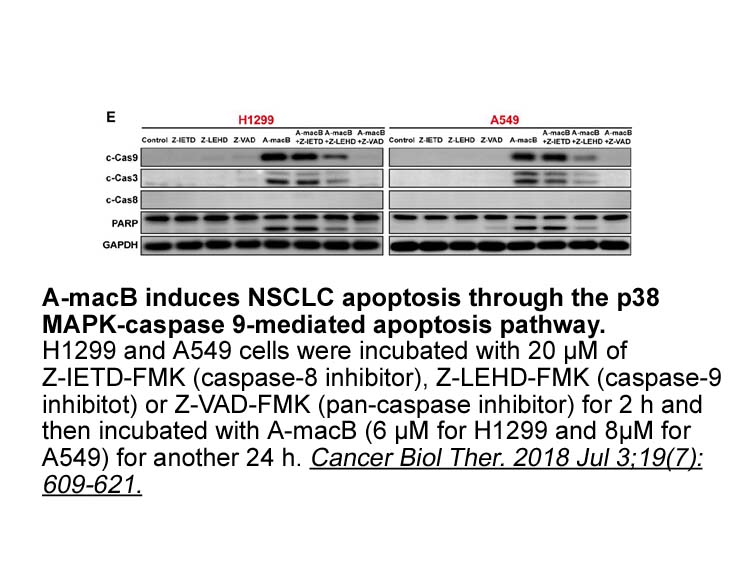
RQ2: What are the different factors that influence the decision to choose among different component origins? In total eleven factors grouped into three high-level themes that influence the decision to choose a component origin were identified. The project metrics factors are: time, cost, effort and
-
COMT expression protein level and activity are down regulate
2019-07-02
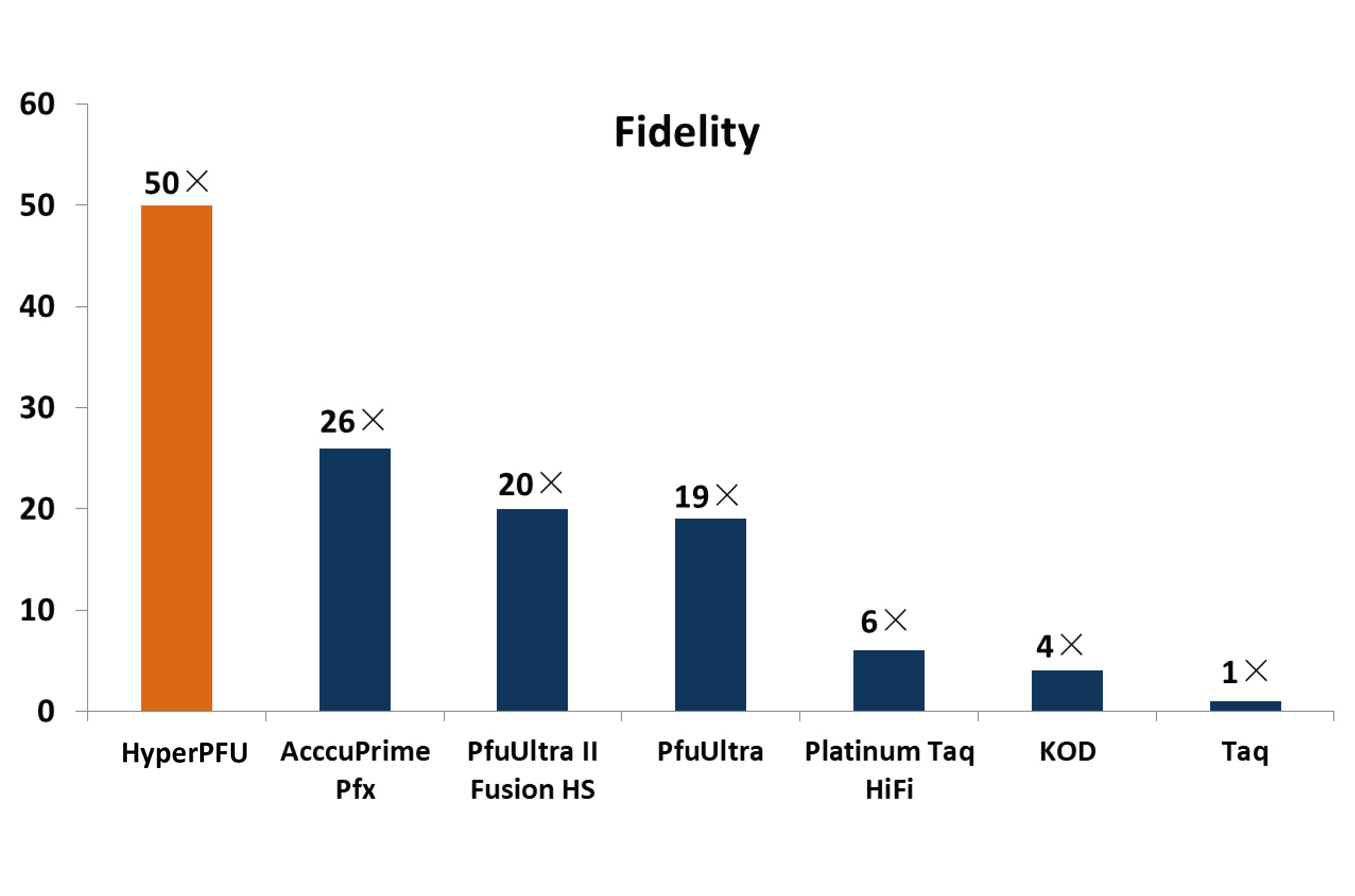
COMT expression, protein level and activity are down regulated by E2. Using estrogen receptor (ER) positive MCF-7 cells, Xie et al. demonstrated an E2 dose dependent (1, 10 and 100 nM) decrease in S-COMT 1.3 kb mRNA that was maximum after 48 h (Xie et al., 1999). A similar decrease was not observed
-
br Methods br Results IAA abrogated the protective effects o
2019-07-02
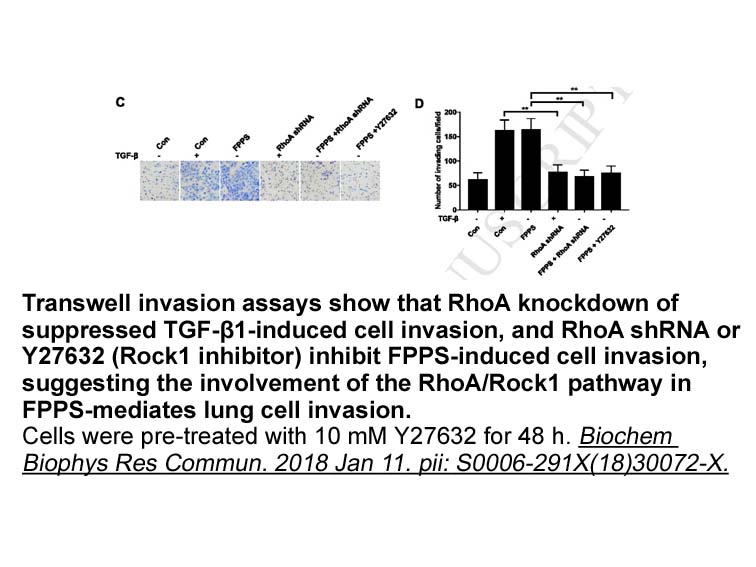
Methods Results IAA-94 abrogated the protective effects of IPC as it increased myocardial infarction (MI) due to IR injury in vitro (Diaz et al., 1999), and also prevented cyclosporine A mediated cardioprotection (Diaz et al., 2013). Moreover, IAA-94-sensitive currents were observed in cardiac
-
It is also meaningful to discuss whether
2019-07-02
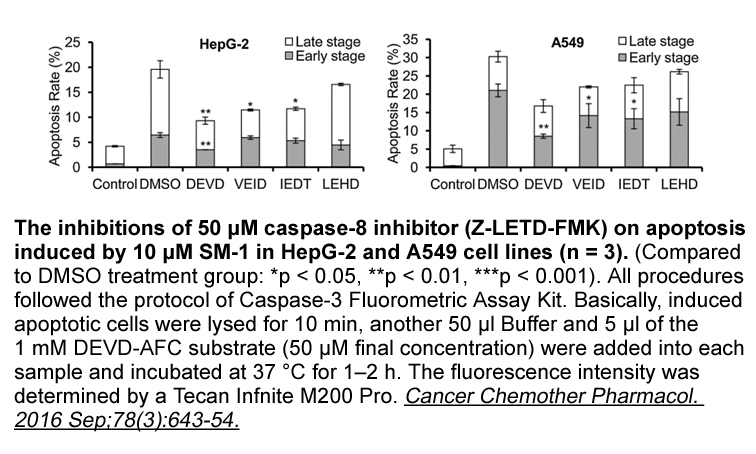
It is also meaningful to discuss whether VSOR Cl− channel-induced apoptosis is correlated with the ER pathway. Thus, in this study, we sought to clarify the intrinsic relationship between VSOR Cl− channels and the level of ER stress-related proteins. The research results are as follows: the expressi
-
br Introduction The protein Epidermal
2019-07-02

Introduction The protein Epidermal Growth Factor Receptor Tyrosine Kinase (EGFR-TK) play important role in non small-cell lung carcinoma (NSCLC) and vital therapeutic progress withinin the treatment of this ailment has revamped the past ten years through the exploitation of this insight (Mok et a
-
br Material and methods br Results br
2019-07-02
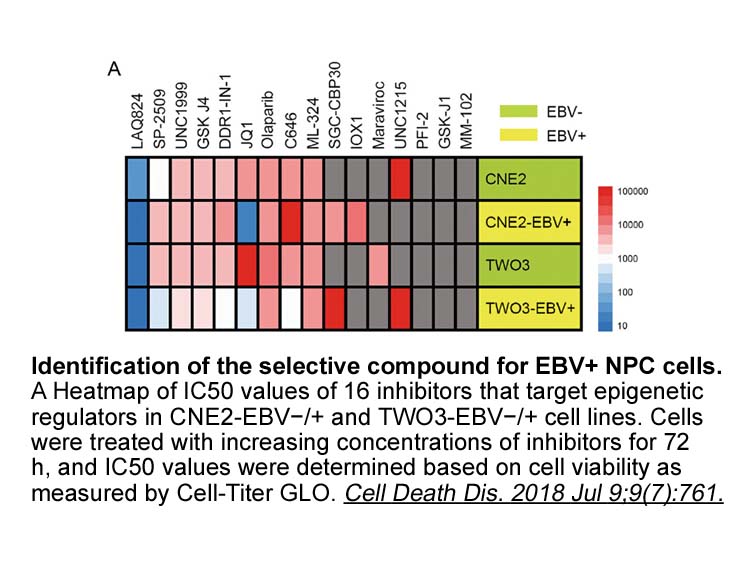
Material and methods Results Discussion The present study shows that peripheral administration of the nonpeptidic corticotropin-releasing factor CRF1 receptor antagonist CP-154,526 before a social defeat inhibits the development of CPP induced with a subthreshold dose of cocaine and reverse
-
H http www apexbt com media diy images wb
2019-07-02
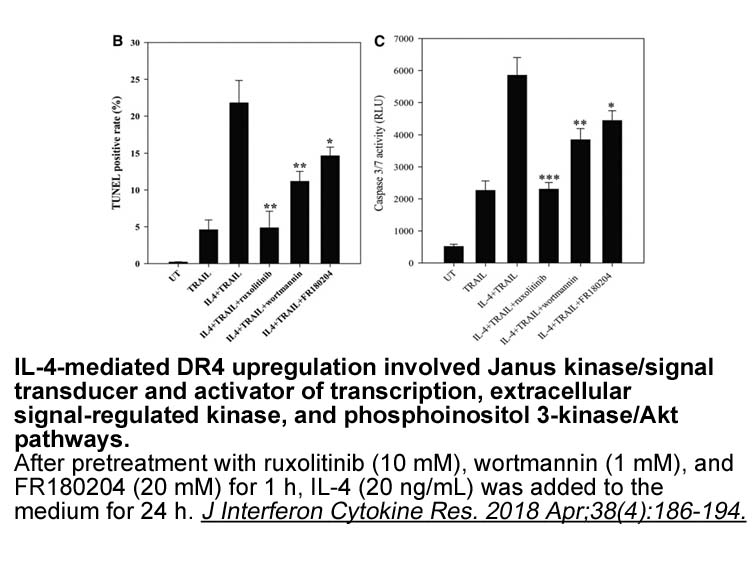
Heterozygous SERT knockout showed an intermediate level of FPS in Experiment 1, but normal FPS in Experiment 4, Experiment 5. Apparently, high redundancy exists in the involvement of SERT in normal fear acquisition, as availability of only 60% of normal SERT levels (Homberg et al., 2007a) is still s
-
These contrasting results observed with intra
2019-07-02
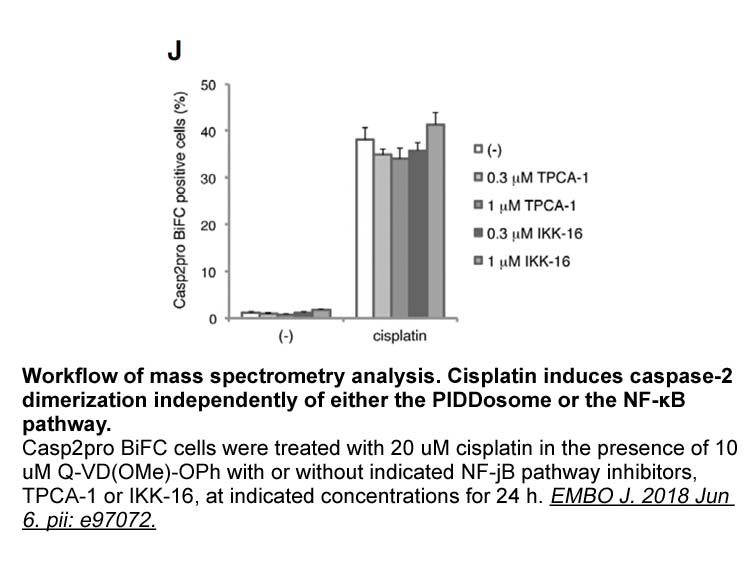
These contrasting results observed with intra-BNST combined injections of NOC-9 and CP 376395 on freezing (in the novel arena) versus anxiety-related behavior (in the EPM) suggest that CRF neurotransmission within this forebrain limbic site could be mainly involved in the modulation of more subtle a
-
nmda receptor In order to further evaluate
2019-07-02
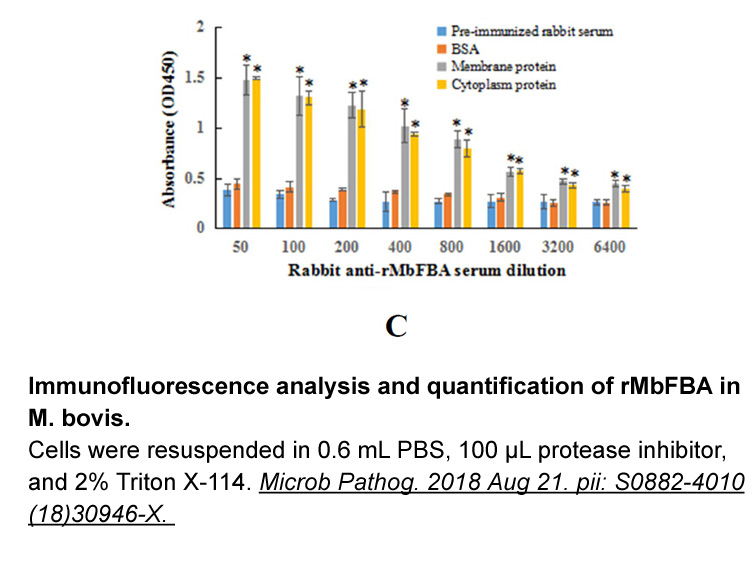
In order to further evaluate cpt1a function, we determined its tissue distribution in large yellow croaker. The mRNA levels of cpt1a were detected in all the tested tissues, but at varying levels. cpt1a mRNA expression was the highest in liver among different tissues, similar to reports in other fi
-
The full length human CPG protein is expressed in
2019-07-02
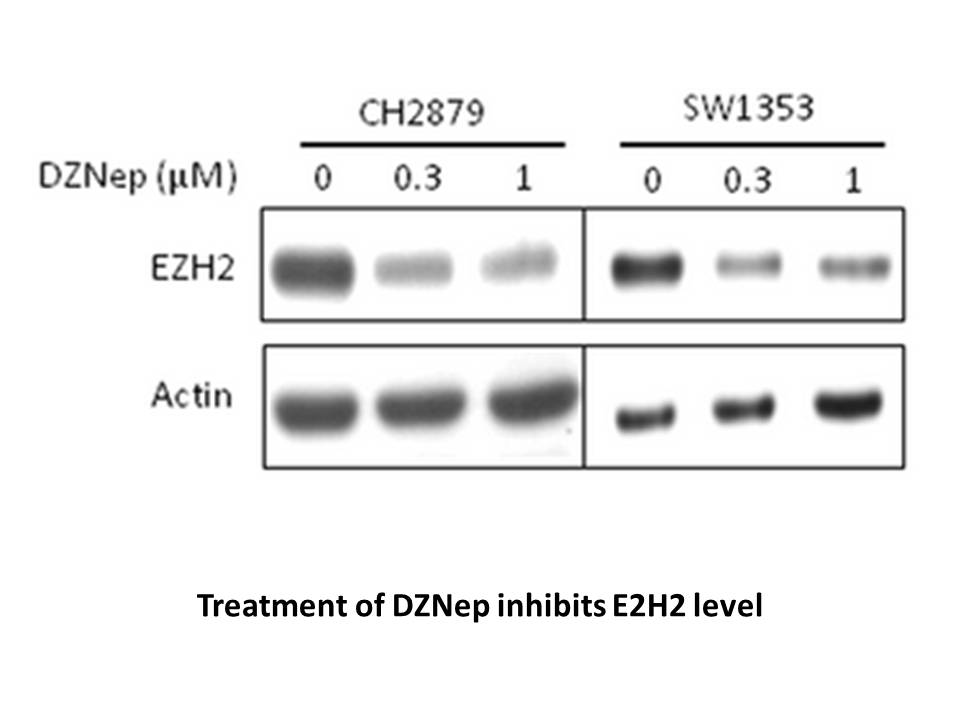
The full-length human CPG2 protein is expressed in CNS tissue with the highest expression in the neocortex, hippocampus and striatum, consistent with mRNA localization patterns of the rat Cpg2 homolog (Cottrell et al., 2004). In the rat, the CPG2 protein localizes primarily to the postsynaptic endoc
-
br Results and discussion br Conclusion In this
2019-07-02
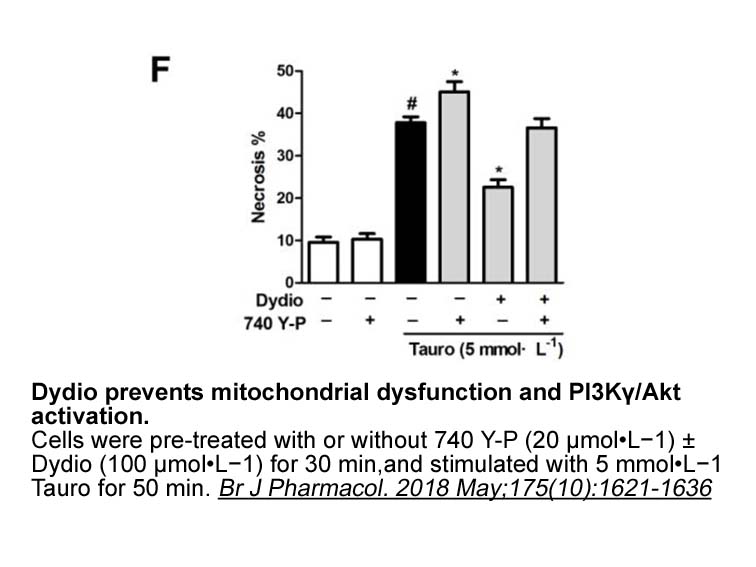
Results and discussion Conclusion In this research, several anti-inflammatory agents with pyrazolo[3,4-d]pyrimidine cores were synthesized. Such choice of large core than regular pyrazole was valid as a proper modification. That most of the prepared compounds showed excellent AI activity. In a
-
WRTs AI AI and AI showed the same ST
2019-07-02
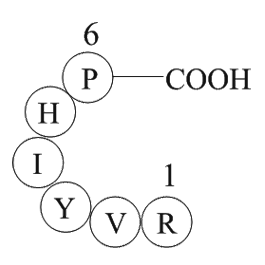
WRTs AI-82/1, AI-9-1 and AI-60 showed the same ST as was published by Dingle et al. in RTS 103, 013 and 097 (Dingle et al., 2011). WRTs 015 and 002 were assigned as WRTs 015-like and 002-like due to slight changes in their CE-ribotyping profiles; however, the ST of WRT 002-like (ST8) was identical t
-
First of all two assumptions just as in Ref
2019-07-02

First of all, two assumptions just as in Ref. [30] are need to simplify the penetration process: (1) The crater phases is short and the Free Fatty Acid Quantification Colorimetric/Fluorometric Kit of EFP is consumed little; thus, the influence of crater on penetration can be ignored; (2) the initia
-
It is well established that a number of intracellular
2019-07-02
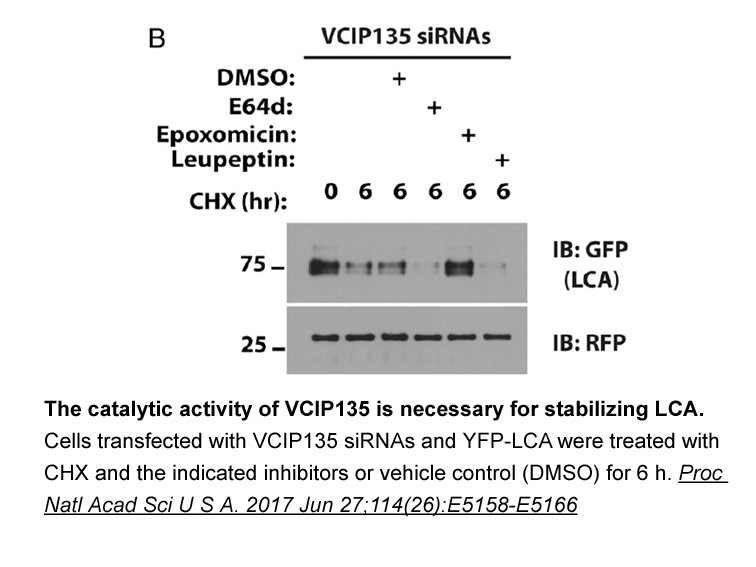
It is well established that a number of intracellular signaling pathways mediate sensitization of sensory neurons (Gold and Gebhart, 2010, Richardson and Vasko, 2002). This redundancy could be advantageous since it provides diversity in initiating and maintaining hypersensitivity in response to inju
-
Only a few studies have examined
2019-07-02
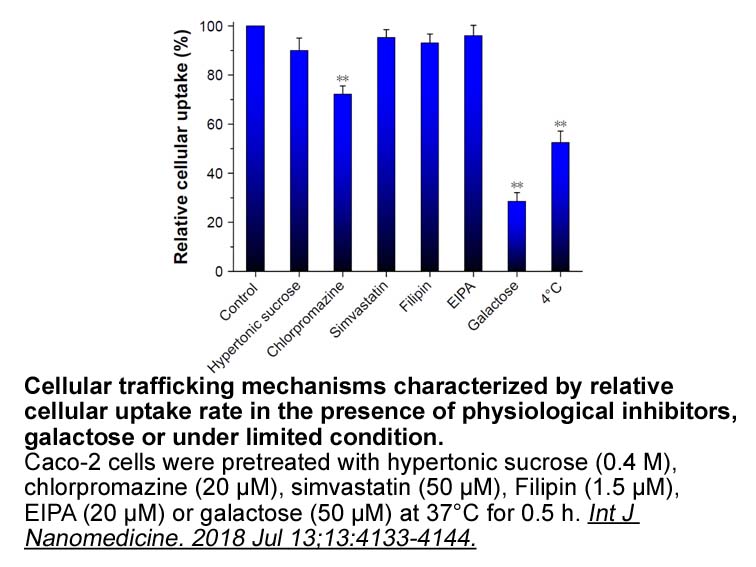
Only a few studies have examined the effect of prostanoids on cardiac fibroblasts. Therefore, this study examines the effect of PGE2 on cardiac fibroblast proliferation and tests the hypothesis that PGE2 causes cardiac fibroblast proliferation via alterations of troglitazone regulatory molecules an
15709 records 988/1048 page Previous Next First page 上5页 986987988989990 下5页 Last page